Table Of Contents
You may have heard of predictive analytics. Or maybe you haven’t. But what is it? And how can it help you boost student enrollment at your higher ed institution?
Predictive analytics uses data, statistical algorithms, and machine learning to identify patterns and predict outcomes. In higher education, it empowers institutions to forecast enrollment trends, identify at-risk students, and personalize support services. Despite its potential, fewer than 50% of higher education institutions (HEIs) are using predictive analytics effectively, missing out on opportunities to enhance enrollment and retention.

Global Newswire has reported that the global predictive analytics market will approach $10.95 billion by 2022, higher education is beginning to adopt these tools, but significant potential remains untapped. Institutions that leverage predictive analytics can transform their strategies for recruitment, retention, and financial management.
Optimizing Student Recruitment and Outreach
Predictive analytics enhances recruitment by analyzing data on prospective students, including geographic location, academic performance, financial background, and expressed interest. This helps enrollment teams identify students most likely to apply and succeed, enabling targeted outreach efforts. According to a study from 2020, it costs $2,795 to recruit an undergraduate student at a private institution and $494 for a public institution.

By focusing resources on high-potential students, colleges can improve application rates, graduation outcomes, and funding tied to performance. Predictive models help institutions recruit students who are not only likely to enroll but also to thrive academically, improving long-term sustainability.
Increasing Retention Through Personalized Support
Retention is a top priority for colleges, and predictive analytics provides a proactive way to identify and support at-risk students. By analyzing academic performance, financial stability, and engagement, institutions can flag students in need of intervention. Advisors can then deliver tailored resources to address issues before they escalate.
Georgia State University (GSU) has been a leader in leveraging predictive analytics for student success. Since 2012, GSU has conducted over 250,000 one-on-one interventions prompted by predictive model alerts. By tracking 800 student data points daily, GSU identifies students at risk of course misalignment or financial challenges, helping them stay on track. These efforts have increased graduation rates by 22%, particularly benefiting minority, first-generation, and non-traditional students.
Enhancing Enrollment Management and Financial Aid Strategies
Predictive analytics also plays a critical role in enrollment management and financial planning. By forecasting class sizes and revenue, institutions can allocate resources effectively. Additionally, predictive models analyze trends in course demand and financial aid needs, guiding institutions in prioritizing programs and offering targeted support.
For example, colleges can identify students who need additional financial aid to remain enrolled, allowing them to allocate resources strategically. This ensures a balance between recruitment efforts and retention goals, supporting both institutional growth and student success. In a report from the Institute for college access and success, it was found that 54% of students attending the state’s community colleges did not receive a single drop of grant aid in 2019-20. Reaching these students with an accurate assessment of their financial situation can boost student satisfaction, a deeper understanding of student needs, and so forth.
A Brighter Future with Predictive Analytics
Predictive analytics is reshaping higher education by enabling institutions to improve enrollment, retention, and graduation rates. Yet, with less than half of HEIs effectively utilizing these tools, there is immense opportunity for growth.
As the global predictive analytics market approaches $11 billion, now is the time for colleges to invest in these solutions. By leveraging data-driven insights, institutions can better align recruitment and retention strategies, meet financial goals, and provide personalized support to help students thrive.
Also read: Cal State Channel Islands Partners with EDMO to Boost Student Recruitment
Career Development & AI – The New World
Enrollment Growth through Global Collaboration
Five emerging marketing trends in higher ed
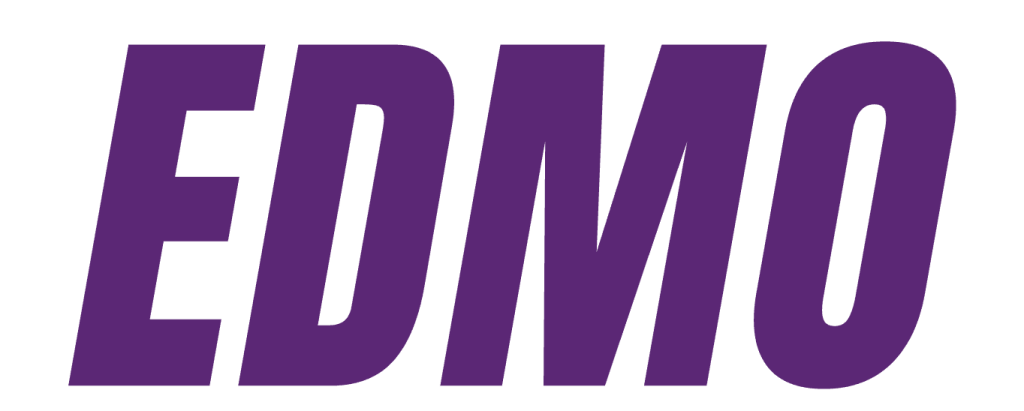

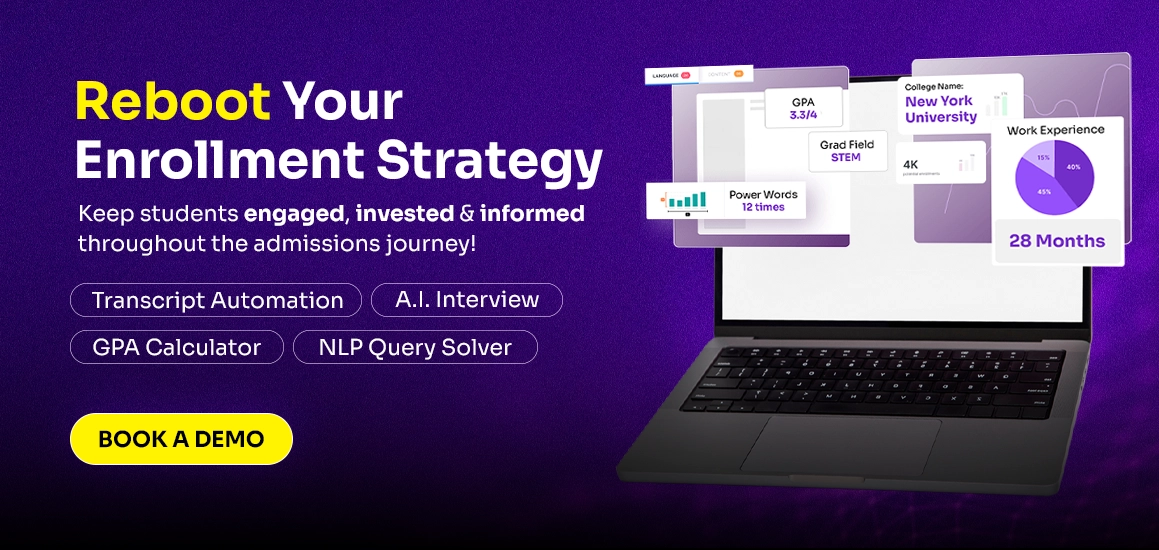




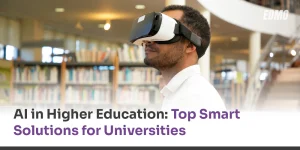
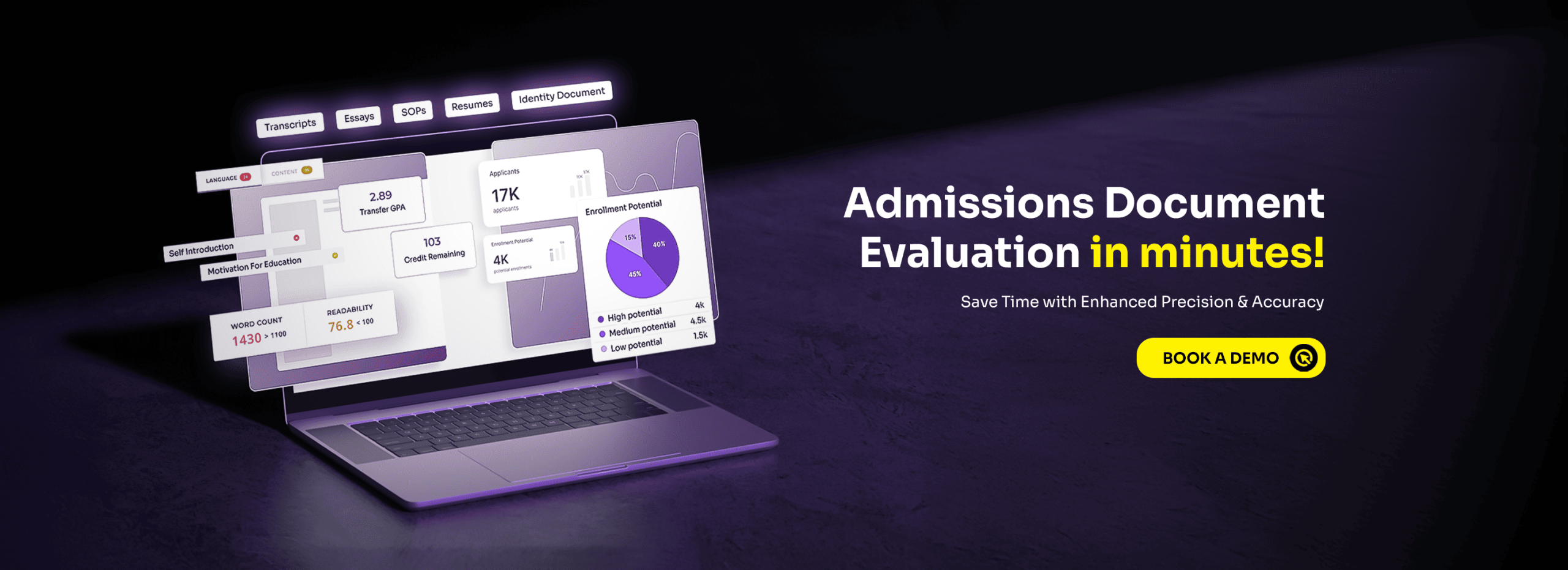
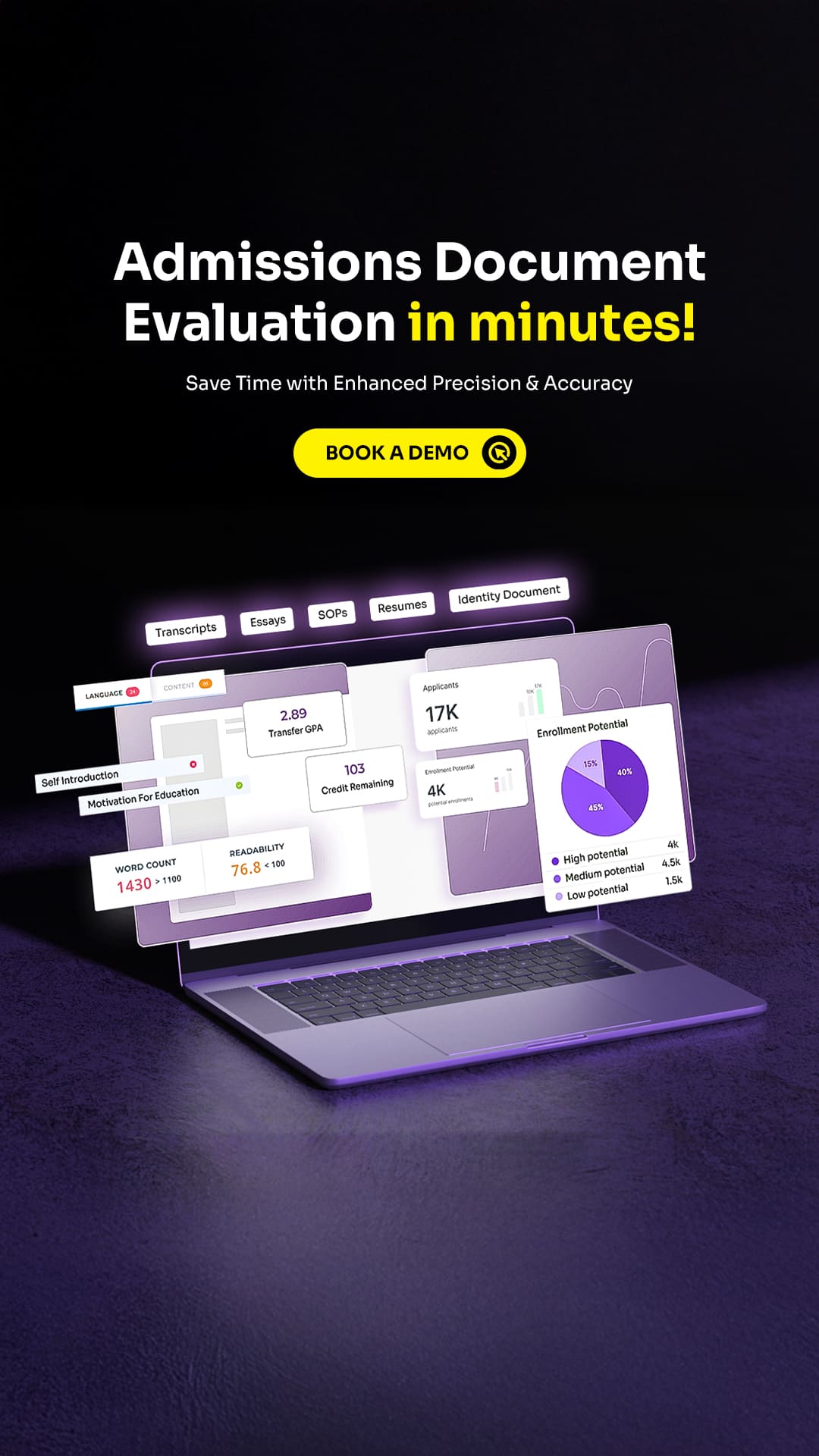
No comments yet. Be the first to comment!
Leave a Comment